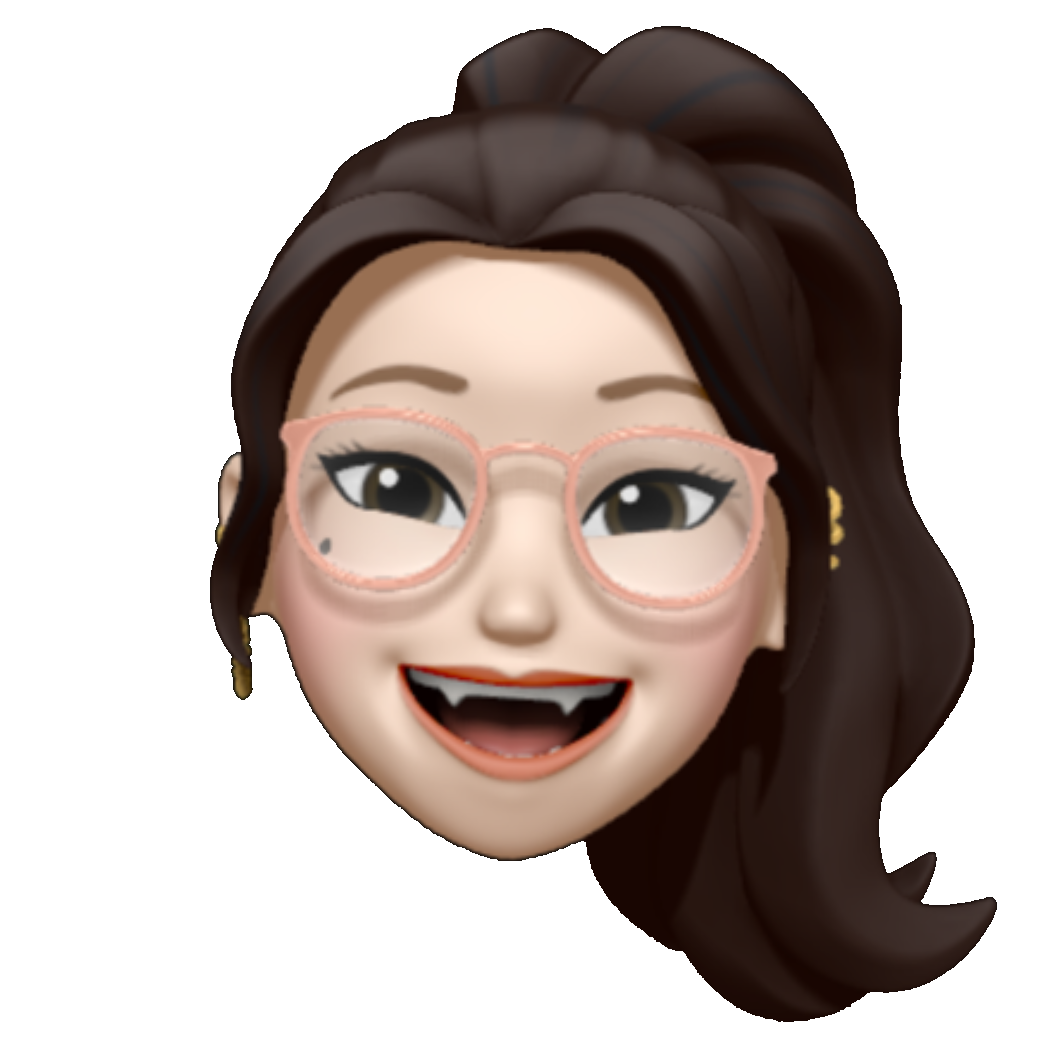GameList - App Creation
End to end mobile app creation.
Timeline: 4 Weeks
Type: Solo student project for DesignLab UX Bootcamp.
Role: UX Researcher, UX/Ui Designer
Mentor: Lorenzo Dolfi
Why this project? My friends and I enjoy playing video games and I wanted to explore how I can make our experience around gaming better.
It’s hard to find games to play in the specific genres we love.
Through research, I found that
PROBLEM
An app where players can get personalized game suggestions & share their list of favorite games with friends.
SOLUTION
92% of participants said they wanted to use the app!
RESULTS
How did I do it?
Method: First, I wanted to know if there were already ways of discovering, tracking, and sharing games. After finding some methods, I researched their pros and cons.
Why: So I can understand what is currently out there, and thus, create more targeted questions in the following survey and interview steps.
Results: All platforms are strong in one aspect but weak in others.
1. COMPETITIVE ANALYSIS
2. SURVEY
Method: From the competitive analysis, I was able to create more tailored questions for this survey.
Why: To get a general understanding of how their day-to-day looks like around gaming.
Results:
28 participants ages 20 - 40.
80% of participants use 4 - 12 different platforms. → This means that game stats are dispersed on different platforms, which can be inconvenient. This is a problem that I can create solutions to. 💡
Most people use Steam to discover, track, and share games.
Top gaming statistics players want to see:
Common games amongst friends.
Top games in different genres.
Their friend’s favorite games.
✏️Learning moment:
I learned that some questions were too specific to my assumptions.
This was important because although some of my assumptions were correct, in the next interview stage, I discovered a larger need that was not met.
Next time I’ll: start with one on one interviews for open-ended projects like this. This is because it’s easier to discover specific issues through flowing conversation rather than set questions in surveys.
3. USER INTERVIEWS & AFFINITY MAPPING
Method: I interviewed 6 participants on their experience with gaming to see what they struggled with most.
Why: To get a more in-depth understanding of users’ struggles around gaming.
Results: All participants' main difficulty was finding games to play in specific genres. This is a problem that I can create solutions to. 💡
Why: After research, I had enough information to start defining the main problem.
Results: It’s hard to find games to play in the specific genres we love.
4. DEFINING THE PROBLEM
5. USER PERSONA
Method: I created a user persona that represents all user needs discovered during user surveys and interviews.
Why: User personas are great tools to remember our main goals: that we are designing products for people and their specific needs.
Result: David is passionate about indie games and would love to have a reliable place to find new ones to play.
6. 2ND COMPETITIVE ANALYSIS
Method:
Why: After re-evaluating my focus, I wanted to reexamine what apps were currently available that provided solutions, and where there can be improvements.
Results: I was able to get an understanding of how apps in this focus are layed out and what features work well for them vs not. This helped me see what my app can have a competing edge in.
7. IDEATION: USER FLOWS
Method: I created an overview of how the user would go through the app.
Why: I made a user flow first to get a birds-eye view of the experience & rearrange/add/delete anything quickly.
Results:
Method: I sketched out different possible solutions based on the insights discovered in the competitive analysis, surveys, and interviews.
Why: I can quickly layout different ideas, compare them, and pick the best options.
Results:
Quick game adding by logging in. → Inspired by competitive analyses insight of GOG Galaxy.
See friend’s gaming stats → Inspired by survey insight.
Ability to add game stats from any platform → Inspired by competitive analysis insight of Steam & GOG Galaxy.
8. IDEATION: SKETCHES
Confirming that my ideas can actually be developed.
Hi developer friend, is it possible for my users to log into their Steam accounts through my app?
Great! What kinds of data am I able to pull from this Steam API?
Yes! You can use the Steam API.
You can get achievements, owned games by a given player, what games a player recently played, etc.
Perfect!
9. FIRST PROTOTYPES
Method: I created my first prototypes.
Why: Prototypes allow me to test my ideas and receive feedback in order to make the user experience better.
Results:
Onboarding
Home Screen
Explore Screen
Your List Screen
Account Settings Screens
Friend’s Games Screen
Sign Up Screen
Game Info Screen
10. TESTING, GETTING FEEDBACK, & IMPROVING MY DESIGN
Method: I tested my prototype with 6 participants by having them go through the app and think aloud. Then, I improved my designs based on the feedback.
Why: This helps me understand what part of the design might be confusing, missing, annoying, or intuitive.
Results:
Onboarding
Home Screen
Settings Screen
Profile Photo Selection Screen
Method: After improving my design, it was time for me to research if my product is appealing to my target audience.
Why: Testing shows how successful a design is.
Results: 92% of participants said they wanted to use the app!
11. FINAL TESTING
NEXT STEPS
Based on feedback, my next steps is to:
Add a newsletter about upcoming features of the app.
Add the option to hide some of your lists.
Add Dropped games, Achievements/ completed, and currently playing on "Your List" or have the option for users to create their own categories.
Check out my Design & Technology works:
Design & Technology Works
Game Development, Coding, Arduino, Animation, Motion Graphics, etc.











